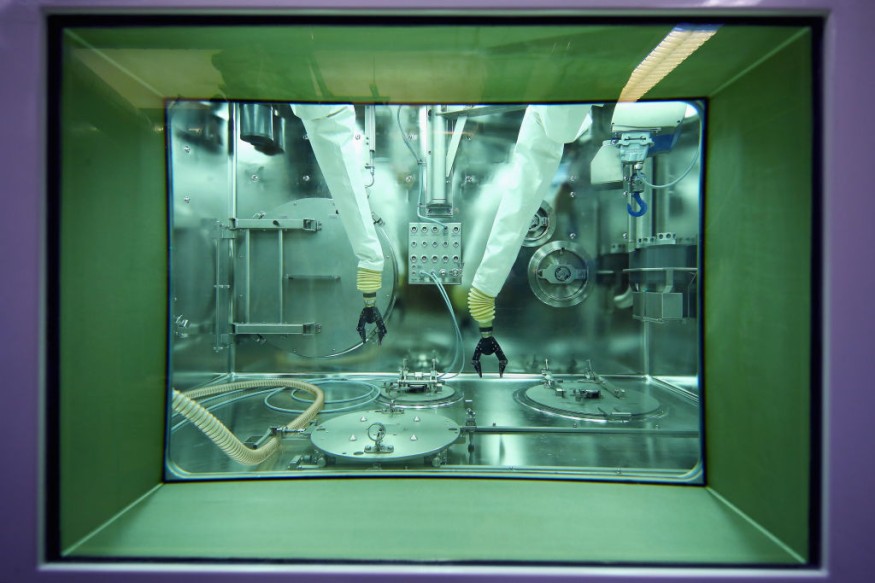Particle physicists wowed the globe a decade ago. Thousands of researchers working with the largest atom-smashing machine in the world, the Large Hadron Collider (LHC), at the European particle physics laboratory, CERN discovered the Higgs boson, a massive, transient particle essential to their enigmatic explanation of how other fundamental particles acquire their mass, on July 4, 2012.
The finding propelled scientists into the public eye, finalized the standard model theory, and confirmed a 45-year-old forecast. A protracted hangover followed. Physicists worried that the 27-kilometer-long ring-shaped LHC might only create the Higgs and nothing more, leaving them with no indication of what lay beyond the standard model. That worst-case scenario has so far come to pass.

Higgs Theory Explained
NBC News mentioned that the Standard Model of Particle Physics, which continues to offer the best justification for how matter functions, was confirmed by the finding of the Higgs particle in July 2012. However, researchers are hopeful that the most recent LHC experiment may shed light on even bigger questions about the universe, such as the nature of dark matter and its unseen constituent particles.
Physicist Peter Higgs originally suggested the possibility of this tiny object's existence in 1964, Scientific American wrote. Most scientists, including Higgs himself, were ignorant of the relevance of the prediction for many years. But over time, it became evident that the Higgs boson was the major attraction of the particle circus, not merely an odd sideshow.
In turned out that, the structure of galaxies, stars, and planets that characterize our universe and support our species was produced by the particle and its accompanying Higgs field, which gave all other particles mass.
For many years, physicists held this theory to be true. Still, it was only proven in 2012 when researchers from two LHC experiments reported their discovery and backed up Higgs' prediction decades ago.
How Higgs Boson Theory Changed Lives
In terms of electron volts (eV), physicists gauge the mass of particles. A proton, the nucleus of an atom of hydrogen, has a mass of 938 million eV. According to CERN, the only thing scientists knew about the Higgs boson when the LHC began operating in 2008 was that its mass had to be more than 114 billion eV. Otherwise, it would have been discovered by the earlier generation of particle accelerators.
Thankfully, the LHC stood up to the challenge, producing more results showing something tantalizingly Higgs-like at about 125 billion eV. There was no longer any question as of July 4, 2012, and an official announcement was made amid much media hype. The Higgs boson has finally been discovered over 50 years after it was initially predicted.
Sadly, Robert Brout, one of the three scientists who made the initial forecast, had passed away just a year before. Francois Englert and Peter Higgs, the two remaining physicists, were given the 2013 Nobel Prize in physics. Nobel Foundation awarded these scientists for the theoretical discovery of a mechanism that contributes to our understanding of the origin of subatomic particle mass, which was recently confirmed through the discovery of the predicted fundamental particle.
Higgs claimed he never anticipated the Higgs boson to be discovered in his lifetime. The discovery of the Higgs boson occurred approximately 50 years after his prediction. According to Scientific American, Higgs realized that the particle actually existed at that point and was deeply touched by the realization that this was how things worked in nature.
Here's Why Higgs Boson Is Called 'God Particle'
Live Science said the Higgs boson is frequently referred to as the "God particle" outside the field of high-energy physics. Writers Leon Lederman and Dick Teresi used this title for their book on the subject in 1993 because their publisher forbade them from calling it the "Goddamn Particle." According to CERN, many scientists loathe the term "God particle," despite how much the public loves it.
Whether it was a "God particle" or not, the Higgs boson's discovery had a profound impact. Pete Wilton of Oxford University said in a statement that it was the last piece of the Standard Model puzzle. It might help researchers grasp mysteries beyond it, such as the nature of dark matter.
The Higgs boson continues to enlighten scientists at CERN and elsewhere about more of its secrets on its own. By examining the many ways the Higgs boson decays into other particles, one can gain more insight into how it functions and whether it is responsible for the mass of all the other fundamental particles. It has been discovered that muons can also be produced in addition to decaying, usually into quarks. It provides compelling evidence that muons, like quarks, acquire their mass through the Higgs process.
RELATED ARTICLE : Photon Split Into Halves, Which "Nobody Believed Existed," Shows New Approach in Physics to See and Understand Light
Check out more news and information on Energy in Science Times.










